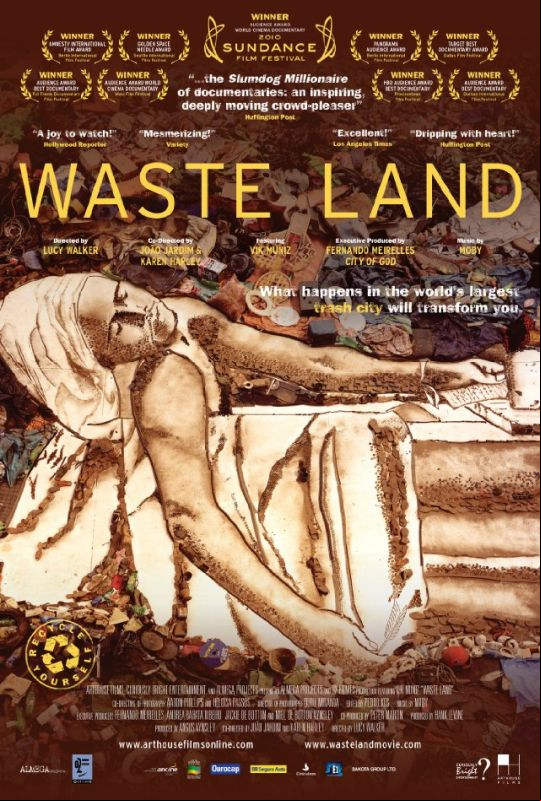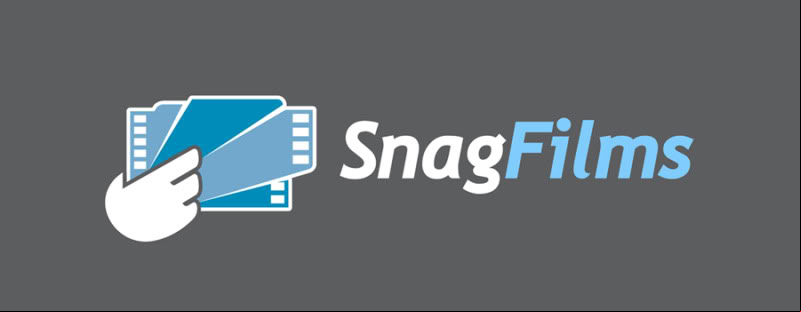|
|
||
|
Pro Tools
FILMFESTIVALS | 24/7 world wide coverage 3x3v41Welcome ! 652bt Enjoy the best of both worlds: Film & Festival News, exploring the best of the film festivals community. Launched in 1995, relentlessly connecting films to festivals, documenting and promoting festivals worldwide. Working on an upgrade soon. For collaboration, editorial contributions, or publicity, please send us an email here. 2gx5z |
IDFA Film In Focus: THE GREEN WAVE t2k3jOne of the things that a documentary film can do best is to provide a much deeper analysis and background to stories that one first encounters on the daily news or in the newspapers. A case in point is THE GREEN WAVE, a bracing and inventive look at the “green uprising” that spontaneously grew following the fixed Iran elections of 2009. Famous for being the first “televised uprising” that was broadcast to the world by Twitter, the film uses a range of cinematic technique, including original footage, reflective memoir, talking head interviews and expressionistic animation to explain with diverting complexity the inspiration and aspiration of the revolt. Iranian director Ali Samadi Ahadi ed forces with German producer Oliver Stoltz of Dreamer t Venture to offer a portrait to the world of the political and emotional underpinnings of the news story and to communicate how it resounds as a turning point in Iranian society (despite the rather inglorious short term outcome). Much like the recent Oscar-nominated films PERSEPOLIS and WALTZ WITH BASHIR, the director decided to include expressionistic animation as one of the elements of telling this essentially political story. “For me, it was the only way to make this film”, the director commented in an interview with IDFA Daily’s Geoffrey Macnab. “The animation conveys the sheer brutality of the suppression of the Green Wave movement in a way that re-enactments never could.” Also striking is the use of grainy video taken by mobile phones and broadcast over Twitter, which brings a shocking immediacy to scenes of violence, chaos and police brutality. It is one thing to read about it in a newspaper story or hear a television commentator describe it and quite another to witness it first-hand, realizing that the person who has captured the images is as much a target of the next blow as the one who he/she is capturing. When the Iranian government kicked out all foreign media services, shuttered local media and laid down a strict curfew, the brave men and women who risked personal imprisonment by capturing the events on their mobile devices is indeed striking. It is a stirring endorsement of the courage of those on the front lines of democratic change in Iran and a milestone in the use of new technology to override the censorship of dictators. A large part of the film’s effectiveness is it use of multiple layers of information. There are the touching interviews of those who were on the front lines (and who suffered both immediate violent attack and protracted prison sentences because of their actions), the blog entries that the filmmakers assembled, the recollections of Facebook entries and blogs, as well as tweets that condensed the ion of the moment into an emotive phrase. They are like snapshots in a slide show that accumulates its power from the progression of multiple images and perspectives. The film was made quickly, over a period of 10 months, impressive considering that a third of the film consisted of drawn animation sequences. It has not yet been seen in Iran and will probably never be officially sanctioned, considering its blistering attack on the repressiveness of the current regime. But the same technology that allowed the events to be shared with the world will also allow the film to be seen (even under clandestine circumstances) in the country where they occurred. “It will definitely happen”, Ahadi declared at the close of his interview. “Iranians are very fast and very good at copying and sharing. In these days, no one can shut out the world no matter how much political power they have.” Sandy Mandelberger, IDFA Dailies Editor 25.11.2010 | IDFA International Documentary Festival Amsterdam's blog Cat. : FILM |
Links 39206uThe Bulletin Board > Film Showcase Following News Interview with IFTA Chairman (AFM)
Interview with Cannes Marche du Film Director
Filmfestivals.com dailies live coverage from > Locarno
Useful links for the indies: > Clients References
+ SUBSCRIBE to the weekly Newsletter Deals 401si+ Special offers and discounts from filmfestivals.telechargerjeux.org Selected fun offers j2u9
> Bonus Casino
images 3w2156About IDFA International Documentary Festival Amsterdam 6k1q2cThe Editor 2v6x1qcontributions 1b173j |






























Comments (1) 4r1j43
You call the director, Ali 3w584n
You call the director, Ali Samadi Ahadi, an Iranian, yet isn't he a German citizen?